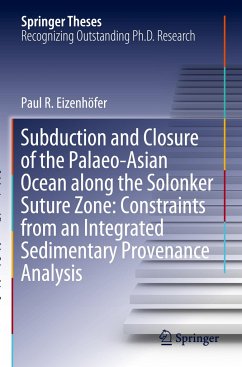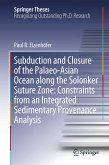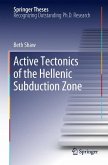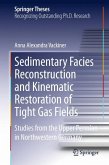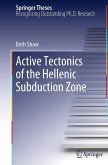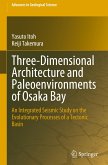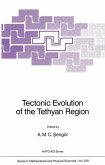This Ph.D. thesis attempts to decipher the closure of the Palaeozoic Palaeo-Asian Ocean along the enigmatic Solonker Suture in East Asia adopting a methodology that integrates geochemical and geochronological data from Palaeozoic sedimentary and volcanic rocks in the region. It provides an in-detail but also broad insight into the Palaeozoic to early Mesozoic tectonic evolution of the region, not only pin-pointing the debated location of the Solonker Suture but also the timing of final disappearance of the Palaeo-Asian Ocean during Permian to Early Triassic times. The results have led to propose a tectonic 'soft-collision' model for the amalgamation of the North China Craton and the Mongolian Terranes in northern Asia explaining the general absence of geologic features characteristic for continent-continent collisions such as the occurrence of regional-scale high-grade metamorphic rocks, ophiolite belts and fold-thrust structures. This new model may serve as a blueprint for the tectonic evolution of similar suture zones that are characterized by the absence of typical collision related lithologies and structures. The thesis is particularly useful as a guide for researchers who seek an in-depth understanding of the Palaeozoic to early Mesozoic tectonic evolution of northern China and Central Asia along the Solonker Suture.
Bitte wählen Sie Ihr Anliegen aus.
Rechnungen
Retourenschein anfordern
Bestellstatus
Storno

